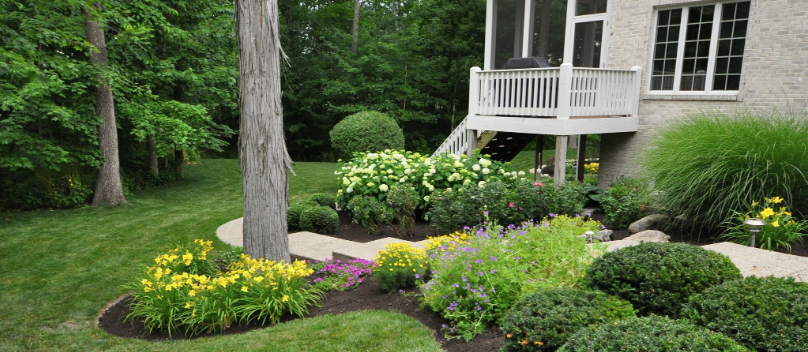
It’s never a good thing to waste water. While your landscape almost certainly needs at least a little water to thrive, you don’t want to use any more than is necessary. Our natural resources are limited and using those resources in a responsible manner is an obligation we all share.
Fortunately, there are plenty of steps you can take to save water while still maintaining a beautiful landscape around your home. Keeping with the ideas regarding water that we began to share last month, let’s look at a few more handy tips.
No Room for Leaks
The first step you should consider taking is to check for leaks in your irrigation system. Leaks can hide in a variety of places, so do a thorough check on all of the various components and parts you use to keep your property watered. Don’t make the mistake of underestimating the importance of a small leak. Even if a leak only looks like it is wasting a small amount of water, those drops will add up quickly over the long run. And remember, this is a job that is never finished – checking for leaks should be a task that you put on your ongoing landscaping to-do list.
Pick the Right Plants
One of the biggest steps you can take toward saving water is simply selecting the right plants in the first place. Some plants require more water than others to survive, so pick out a selection of plants for your property that will fare just fine if they aren’t supplied with a large amount of water. If you don’t have personal knowledge on which plants are drought-tolerant, ask for your help at a local nursery. You don’t necessarily need to stick only with drought-tolerant plants to save water – even mixing some of these kinds of plants in with others will be a step in the right direction.
Mulch Generously
The term ‘mulch’ is used to refer to a variety of different types of materials that can cover the soil to keep it cool and moist. Without good, quality mulch, the midday sun will quickly and easily rob the upper levels of your soil of whatever moisture they were retaining. By using mulch in the right places, you can protect the soil and help it to keep the water it needs to supply your plants.
Don’t Go Too Far
If you don’t have much experience managing a garden, you might think that ‘more is better’ when it comes to watering your plants. That simply isn’t the case. While plants need enough water to survive, of course, going too far in the other direction can cause significant damage. Overwatering is a threat to the health of your plants in addition to being wasteful. Educate yourself on how much water each type of plant requires and only give it what it needs to thrive.
With a little study and some practice, you should be able to optimize the way you use water in your landscape. Knowing you aren’t wasting water anymore, you’ll be able to look out on your garden with an even greater sense of pride and accomplishment.
